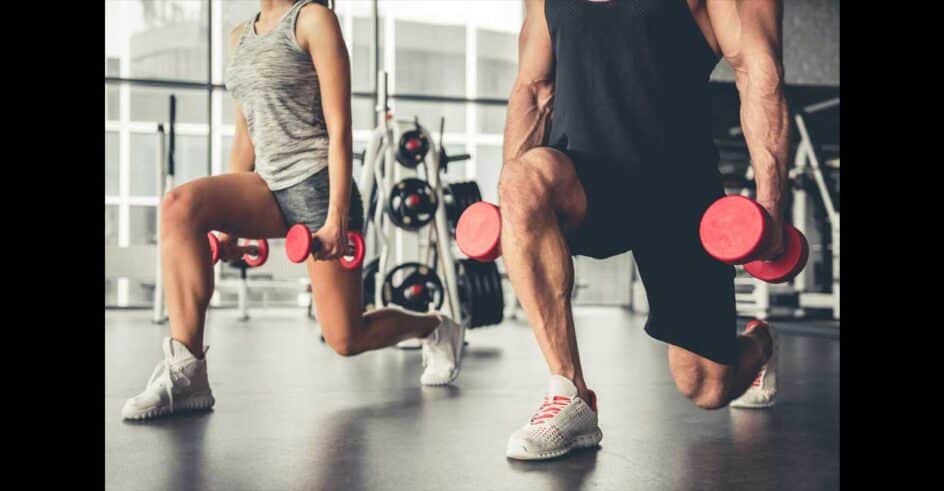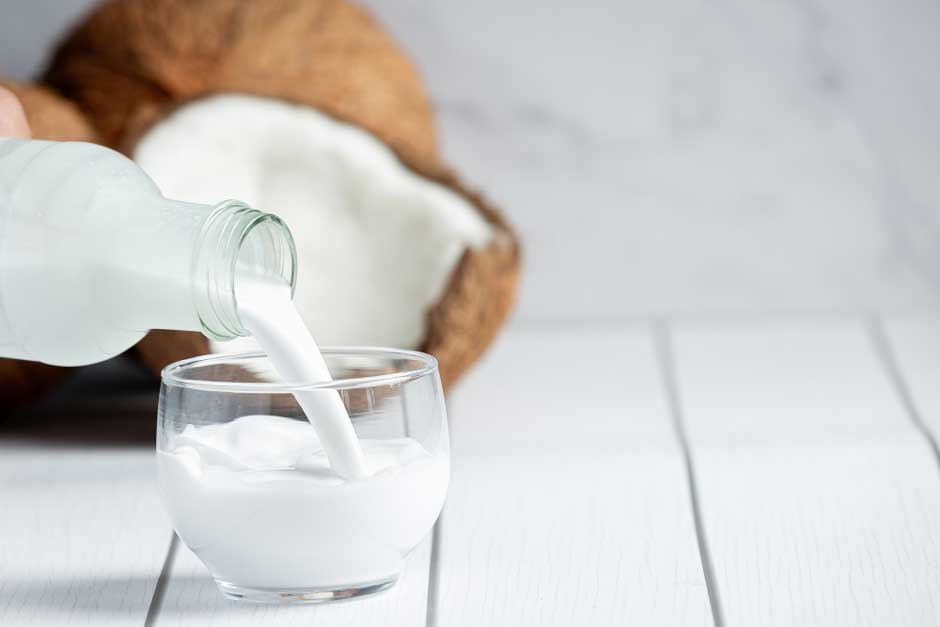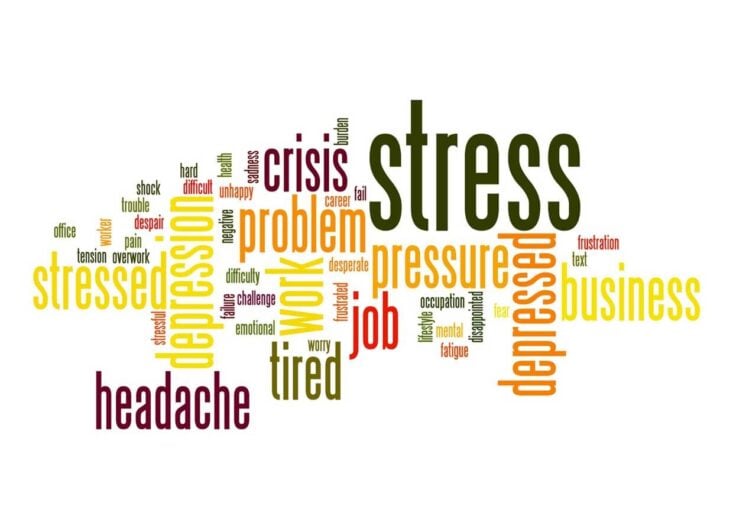One of the primary reasons why so many lifters go through a bulking stage is to have larger legs and develop muscle. Increased calorie intake often enables greater training volume, frequency, and recuperation.
Compound activities like squats, hinges (stiff leg deadlifts), and workouts that allow for a high degree of muscle stimulation and exhaustion without limiting your capacity to recover are advised when wanting to build substantial leg growth during a bulking process. During a bulk, training frequency is typically a crucial element in acquiring size.
In other words, the more you can exercise and recover from that training effectively (via smart programming and enough nutrition), the more you can train, and the more you can repeat this muscle-building process.
If you want to bulk up while building bigger legs, this article will teach you the must-do leg exercises. Five training strategies may be used by both beginners and experienced lifers to take each of these activities to the next level. Finally, three best leg workouts for men to increase quadriceps, hamstrings, and calves growth and strength.
Must-Do Leg Exercises for Building Bigger Legs
Back Squats. If you want to build larger legs, back squats are the way to go. Back squats with a high bar are frequently utilized to maximize quadriceps growth because they allow for a more vertical torso position and deeper degrees of knee flexion.
The high bar back squat, as opposed to the low bar back squat, is the best alternative for squatting for larger quadriceps. You may utilize variants like the tempo back squat to help your quads grow even more.
Front Squats. The front squat is a variant of the squat that allows for even more knee flexion (deeper knee flexion equates to more quadriceps involvement).
As with the high bar back squat, this reduces the stress on the hamstrings, glutes, and lower back, while increasing the demand on the quadriceps to handle the volume and react (muscle growth).
You can perform this with a full grasp or with your arms crossed.
Hack Squats. One of the quad exercises performed with the aid of a machine is the hack squat.
This machine isolates the quadriceps and provides for a significant level of stress. If you don’t have access to a machine hack squat, you may end a quadriceps-focused leg day with this foam roller hack squat variation (combined with kettlebells or for more repetitions).
Leg Press. The leg press is a machine for increasing quad size and strength, but it’s also the leg exercise that almost everyone uses incorrectly.
Make sure you do them in the widest ranges of motion possible, often maxing out your pain-free knee flexion angles and utilizing considerably fewer weights than usual.
Stiff Leg Deadlifts. The stiff leg deadlift is a great way to bulk up your hamstrings.
Unlike the deadlift, it restricts knee flexion and concentrates the weight on the hamstrings (and off the lower back and supporting muscles). While you won’t be able to raise as much weight as you can with a deadlift, the hamstrings will still be overworked.
Goodmornings. Goodmornings with a barbell is a terrific way to bulk up your hamstrings, glutes, and erectors.
This action is popular among bodybuilders, weightlifters, and powerlifters because it not only strengthens the hamstrings and glutes but also increases back strength, which is important for heavy squats (back and front squats) and deadlifts.
For optimum results, train this with rep ranges that are equivalent to the stiff leg deadlift.
Machine Hamstring Curls. Machine hamstring curls (either lying or sitting) are an excellent technique to increase hamstring training volume without overworking the lower back or hips.
These may be done early in the workout to pre-exhaust the hamstrings before complex lifts, or they can be done towards the end.
Machine Leg Extensions. Machine leg extensions are an excellent technique to increase quadriceps volume without overworking the back or hips. These are ideal to practice before complex lifts or after a session to pre-exhaust the quadriceps.
Bulgarian Split Squats. The quadriceps, glutes, and even hamstrings are all strengthened by this unilateral leg workout.
Depending on the aim, the Bulgarian split squat can be performed with a variety of equipment and larger or lesser loads. Place the lead leg on a raised surface to enhance range of motion and reduce muscular injury.
Walking Lunges. Walking lunges can be performed with a barbell, dumbbells, kettlebells, sandbags, or your bodyweight. Allowing for extensive ranges of motion and control throughout the lunge is important to growing larger legs with walking lunges.
Deeper knee flexion angles come from short steps that allow the knees to move over the toes (which target the quadriceps more).
Bigger steps are the way to go if you want to load the glutes (and maybe the hamstrings) more. In any case, they are a wonderful method to finish a leg exercise while also working the lower body muscles.
Training Techniques to Maximize Leg Growth
The following are five training strategies and techniques you may employ with the aforementioned workouts to enhance muscle growth while minimizing damage throughout your bulk.
Elevate the Heels. In quadriceps-focused activities, elevating the heels allows for deeper degrees of knee flexion, which is just what you need to grow big thighs.
By elevating the heels, you may squat or lunge in a more vertical stance while reducing the requirement for hamstring and calf flexibility. More load is shifted on the quadriceps as a result.
This can be accomplished by wearing shoes with a raised heel or by putting tiny weight plates under the heels.
Emphasize the Full Range of Motion. To increase muscular stress and tension, train in the broadest range of motion possible while maintaining a flat or arched back and muscle control.
You may load the muscle fibers and impose the greatest amount of stress on them while minimizing the need for excessive loading by exercising in the broadest ranges of motion (which may contribute to joint pain or nervous system fatigue in more extreme cases).
Control the Eccentric Phase. Controlling the eccentric (lowering) phase is a wonderful technique to enhance muscular tension. Increased muscle breakdown and development are typically the results of increased strain.
By focusing on the eccentric phase, you can assist maintain appropriate control across the whole range of motion, which can help reduce injury risks and keep you training (and healing) for long-term leg growth.
Pause at Full Range of Motion. When at the deepest ranges of action, you may also employ pauses throughout the range of motion to impose extra loading demands and strain on the muscle fibers.
When stopping, it’s vital to keep control and posture (a flat back, for example) rather than allowing the body and muscles to relax.
Minimize Momentum. When it comes to muscle growth, it’s best to lift with as little momentum as possible.
A little body movement here and there won’t kill you, but if you’re relying on catching the bounce of squats or slamming the bar on the floor during stiff leg deadlifts, you’re likely losing gains and increasing your injury risk.
Leg Workouts to Build Bigger Legs When Bulking
Here are three leg routines you can do during bulking to increase strength and size while laying the framework for a future strength cycle.
Quadriceps-Focused Workout. This workout focuses mostly on the quadriceps and accounts for 50-75 percent of the weekly training volumes required for most people to gain weight. To optimize weekly development, couple this with the hamstrings-focused workout below.
Hamstrings-Focused Workout. This workout focuses largely on the hamstrings and accounts for 50-75 percent of the weekly training volumes required for most people to gain weight. To optimize weekly development, combine this with the quadriceps workout above.
Quadriceps and Hamstrings Focused Workout. If you’re looking to grow enormous legs during your bulk, the weekly training volumes are on the lower end; however, you may utilize this in conjunction with one of the two exercises above or repeat it twice per week.
Months of hard effort in the gym and the kitchen are required to develop larger legs. Once you’ve nailed your bulking diet plan, do the workouts and activities listed above to optimize leg growth. Stay consistent at the gym and eat enough calories to support your training, recovery, and muscular growth demands. You’ll get there eventually.















